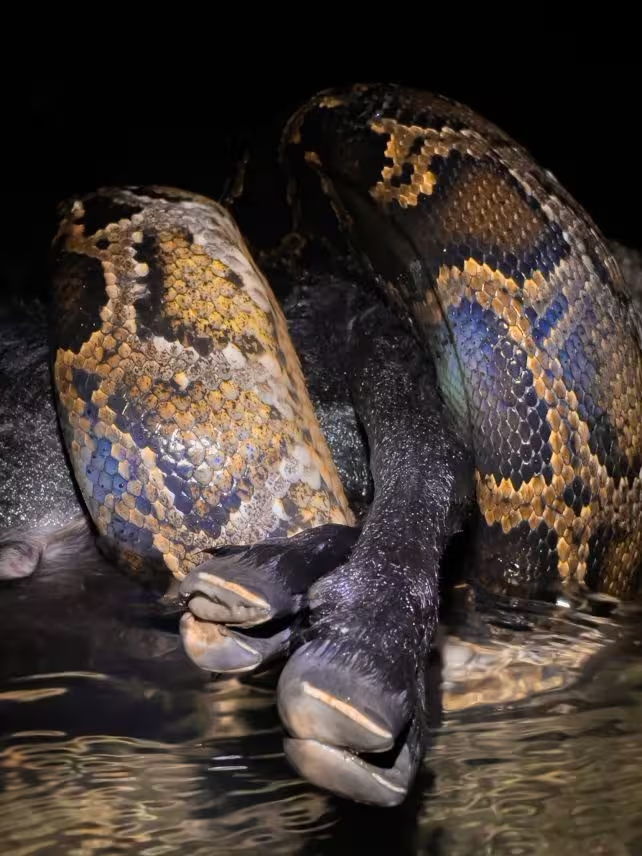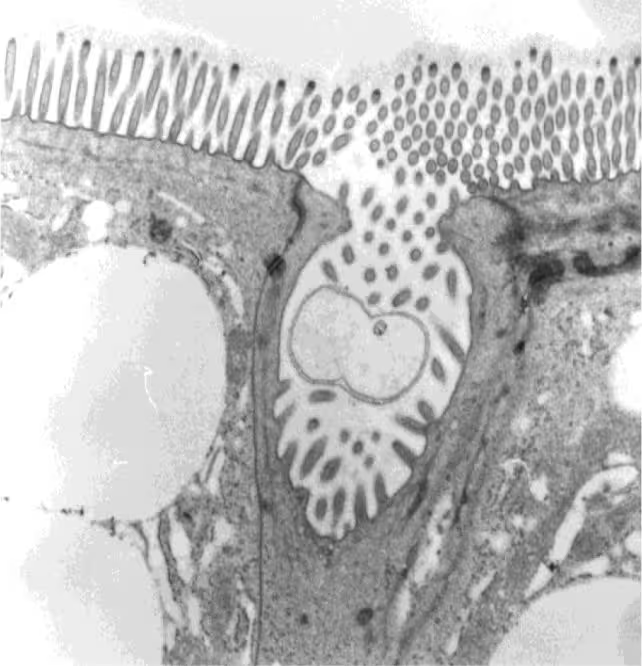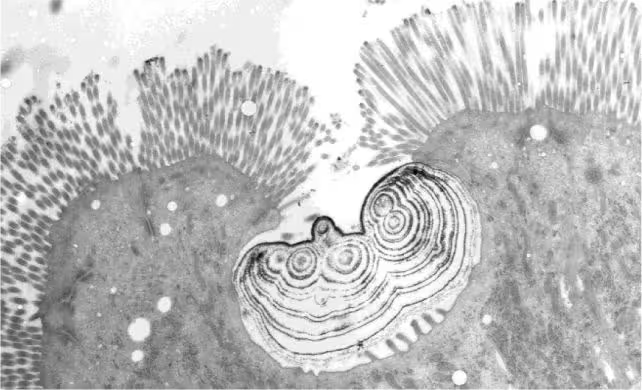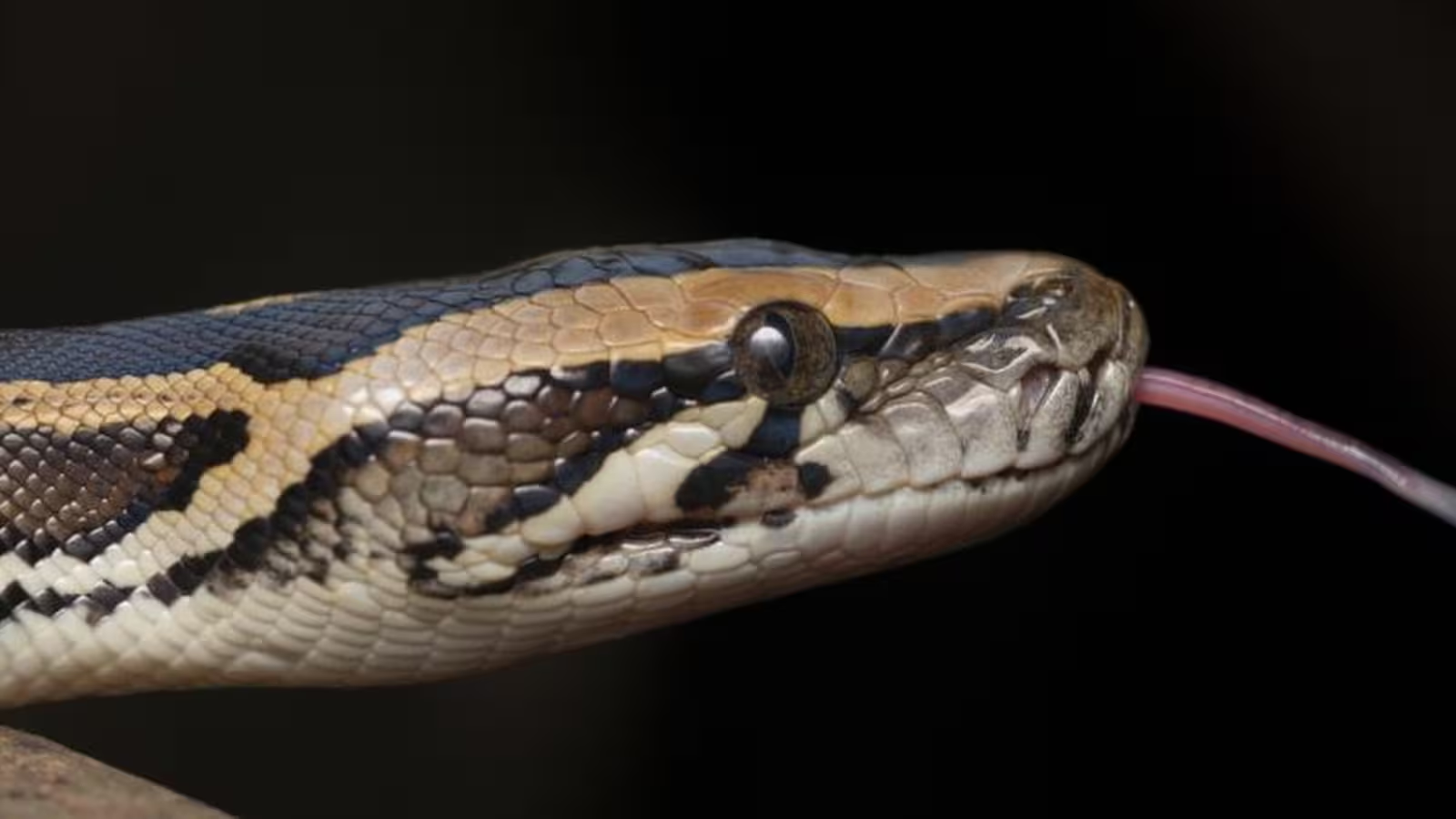5 Minutes
Unraveling the Mystery of Bone Digestion in Snakes
For most carnivores, the consumption of prey leaves behind a telltale pile of bones, as few animals possess the capability to digest skeletons. However, snakes—particularly large constrictors like the Burmese python (Python molurus bivittatus)—are exceptional. Not only do they swallow their prey whole thanks to their flexible jaws, but the remains of their meals vanish almost entirely, with bones rarely appearing in their waste. Until recently, how snakes achieved such complete digestion of bony material puzzled scientists.
A New Cellular Discovery in Python Intestines
Recent research conducted by a team at the University of Montpellier has uncovered a previously unknown type of intestinal cell in Burmese pythons that sheds light on this digestive feat. Through detailed morphological analysis, biologist Jehan-Hervé Lignot and his colleagues identified unique, highly specialized enterocytes—cells lining the snake's intestine—unlike those in other vertebrates. According to Lignot, “These cells are extremely narrow, feature short microvilli, and incorporate an apical fold that creates a distinct crypt, which appears to play a crucial role in bone digestion.”

Scientific Background: Osteophagy in the Animal Kingdom
While the deliberate consumption of bones, known as osteophagy, is rare among vertebrates, a handful of species—including some snakes and vultures—rely on this practice for essential minerals such as calcium and phosphorus. For snakes, these nutrients are vital for health and development. Inadequate access to bones, as seen when captive snakes are exclusively fed boneless meals, often leads to serious calcium deficiencies.
Experimentation and Cellular Mechanism
The research team utilized both light and electron microscopy to compare the intestinal tissues of fasting snakes, snakes fed complete prey, and those given boneless rats. They also monitored blood hormone levels and calcium concentrations among the test groups. Their findings revealed that the unique enterocytes in Burmese pythons form crypts that accumulate dense, multi-layered particles composed primarily of calcium, phosphorus, and iron during digestion.
When snakes consumed meals containing bones, these crypts filled with mineral particles. In fasting individuals and snakes fed boneless prey, the crypts remained empty or showed only traces of iron. Remarkably, supplementing boneless feedings with calcium restored the formation of these mineral inclusions. Importantly, no bone fragments were found in the snakes' feces, confirming that the new cell type enables the complete absorption of dietary bones.

Broader Implications and Evolutionary Perspectives
The purpose of these specialized intestinal cells appears to be twofold: facilitating the intensive uptake of calcium and phosphorus from bones, and safely storing and expelling surplus minerals to maintain metabolic balance. The discovery further raises fascinating evolutionary questions. The research team found similar specialized cells in other large snakes—including boas, anacondas, and additional python species—as well as in the Gila monster lizard (Heloderma suspectum). This suggests that the trait either evolved early in the lineage or developed multiple times in different species that rely on consuming entire vertebrate prey.
"Marine predators that consume bony fish or aquatic mammals, and birds such as bearded vultures that ingest significant amounts of bone, may have developed comparable adaptations," Lignot notes. The ongoing study of these animals could reveal fundamental principles of vertebrate digestion and mineral homeostasis.

Related Research and Future Directions
This breakthrough not only clarifies a remarkable aspect of snake physiology but may also have wider applications. Understanding how these reptiles manage massive mineral loads could inform medical research into calcium metabolism and inspire innovations in nutrition management for captive and endangered species. Future investigations will likely expand to other bone-eating animals to determine if similar digestive adaptations exist.
Conclusion
The identification of a novel intestinal cell that enables pythons to digest bones entirely represents a significant advance in the field of comparative physiology. This discovery explains how snakes obtain vital minerals from their diet while avoiding dangerous overload, and opens new avenues for exploring how extreme feeding strategies shape the evolution of digestive systems in vertebrates. As scientists broaden their investigations across animal lineages, this research promises to deepen our understanding of the fundamental processes that sustain complex life on Earth.



Comments